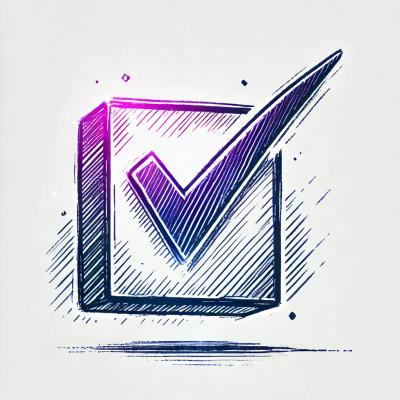
About
Boilerplate I use to set up React.js components' testing harness
under Node.js, based on the amazing jsdom.
Compatibility
The latest version depends on jsdom v6, which requires Node v4+. For a version compatible with Node
v0.10 and v0.12 please install ^3.0.0.
Usage
$ npm install --save-dev jsdom-test-browser
Here's a sample Mocha test suite for a React component.
describe('MyComponentClass', function () {
'use strict';
var bro = require('jsdom-test-browser'),
assert = require('assert'),
React = require('react'),
TestUtils = require('react/addons').addons.TestUtils,
MyComponentClass = require('../src/MyComponentClass');
before(function (done) { bro.newBrowser(done); });
this.timeout(4000);
before(function (done) { bro.jQueryify(done); });
describe('element HTML', function () {
var element;
beforeEach(function () {
element = TestUtils.renderIntoDocument(
React.createElement(MyComponentClass, {value: 42})
).getDOMNode();
});
it('is a TABLE', function () {
assert.strictEqual(element.tagName, 'TABLE');
}));
it('has the top class name assigned', function () {
assert(bro.$(element).hasClass('my'));
});
it('displays the value somewhere in the markup', function () {
assert.strictEqual(
bro.$('.some-container .value-holder', element).val(),
'42'
);
});
});
});
On jQueryify
As jsdom supports the modern browser DOM API, I'd advise against using jQueryify until it's
absolutely necessary: say, when you rely on a jQuery plugin inside of a React component. Otherwise,
querySelector,
textContent, and
friends work just fine.
Central bootstrap
With Gulp it would look something like that:
gulp.task('jsdom', function (callback) {
bro.newBrowser(callback);
});
gulp.task('test', ['build', 'jsdom'], function () {
...
});
Order of Node module imports
Please note that bro.newBrowser(callback) should be called before React is
imported/required. That's because React probes its execution environment right away when is's
imported.
API
newBrowser(callback)
jQueryify(callback)
$
loadJs(uri, callback)



